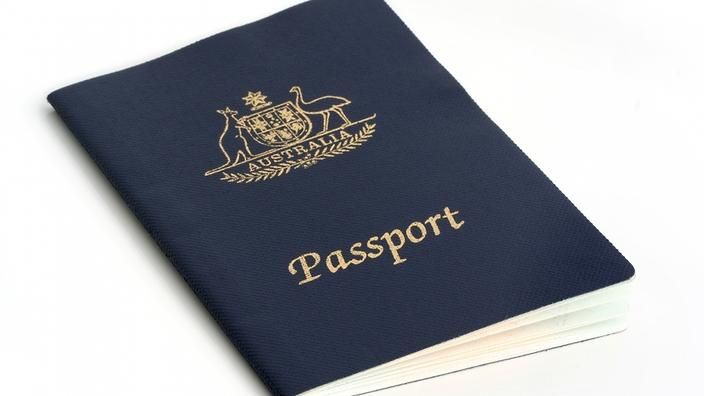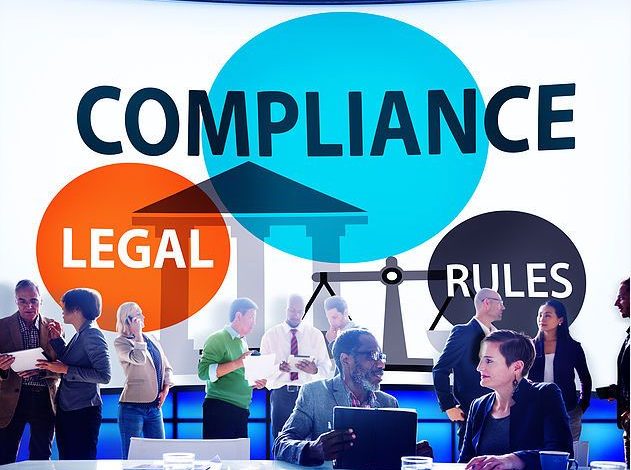Sukh Sandhu’s Interview conducted by EduTemps
During his 20 years in the VET and Higher Education sector, Sukh Sandhu has witnessed a radical shift in compliance landscape. Here he shares his experience on how VET organisations can adapt and thrive in a challenging environment.
Few industry professionals have seen the revolution in VET compliance as closely as Sukh Sandhu. Over a 20-year career in the sector he has worked with a myriad of national and international organisations, including Navitas, MIT, Franklin Scholar, The Malka Group, Australian Catholic University, Melbourne Institute of Technology, Federation University, Gowrie Victoria, TAFE Queensland, Webcom Technologies USA and a number of other educational institutions, universities and RTO’s. He has even worked within Australian Government’s regulatory body ASQA, which served to deepen further his understanding of how RTO’s can successfully navigate the compliance minefield. With 65 regulatory audits and a 100% compliance record under his belt, it’s little wonder that his services are in hot demand.
The compliance revolution
We began by asking Sukh to outline the key changes he has seen in the compliance environment over his career.
“The changes have certainly been profound. At the core, we have seen ASQA come in as the regulator and together with other government departments, the VET sector is now more closely scrutinised than ever before. At the same time, the sector has become a lot more competitive, with RTOs challenging TAFEs, as well as each other for market share.”
Sukh expanded on major shifts he has witnessed.
“Reforms have been transformative in terms of industry responsiveness, quality and regulations, data and customer information and scrutiny of who is a fit and proper person, to name just a few. Government funding is now more targeted and efficient too and we have seen a much greater degree of collaboration and information sharing between regulatory bodies and government departments.”
“The VET sector has experienced tremendous growth in the number of providers. There are now around 4500+ providers, and around 40% of them have less than 100 students, which is a very different scenario from days gone by. Along with this growth, there has been the collapse of some major organisations, which has been a real wakeup call for the industry.”
The good, the bad and the ugly
In his broad experience, he has certainly seen the best and the worst of the industry.
“It’s true that a few bad apples have tarnished the VET sector in some respects, but there has been a genuine desire to weed out the bad ones, and the regulator has continually updated their approach. There has been a succession of legislative changes introduced since the early 2000’s and along with this the improved collaboration between the regulatory bodies. This has helped clean up a lot of the practices which were dragging down the sector’s reputation.”
Identifying the gaps
So for those RTOs who want to thrive in this regulated environment, what does Sukh see as the main areas to be addressed?
“In my experience, the key areas are assessment and training resources and the strengthening of the capability of trainers and assessors. RTOs must pay particular attention to their trainers’ VET qualifications, their industry currency and their VET currency because this is where major non-compliance issues can emerge. Then there are issues such as short course duration, validation not being done correctly and training assessment strategies and practices not being given proper consideration.”
An active regulatory regime
Sukh observed that ASQA had taken a very proactive approach in enforcing regulations in recent years.
“ASQA has imposed a lot of sanctions on those operators who fail to maintain standards. They are determined to pursue their agenda to maintain the quality of providers in the market and that means RTOs need to be on top of their game.”
He went on to highlight the focus placed on international providers.
“ASQA is looking at the international market in their 2017-2018 regulatory strategy, and this is having an impact. International education is a huge export market worth $28.6 billion a year, and these international students can be very vulnerable.”
Sukh went on to emphasise some other areas in which RTOs must be vigilant.
“There is an overall focus on literacy, language and numeracy and ASQA is reviewing providers who deliver offshore courses. They are looking at how they market their qualifications, how they give students information at each stage of the process and how the agreements are structured. There is also scrutiny on how education agents are approved and how they are reviewed, trained and managed.”
So what advice would he give to an RTO that has a re-registration audit scheduled within the next 12 months?
“RTOs should focus on all the regulatory requirements, SRTOs clauses and standards for domestic and international students, the National code and ESOS for International students, The National standards for ELICOS providers and courses (ELICOS Standards) for organisations delivering ELICOS courses, etc. The main areas of concern will be training, and assessment resources, trainer quality, marketing practices including their website, validation of resources, industry consultation, policies and procedures for governance, administration and operations, training and assessment strategies and the pre-training and enrolment processes are the main areas that need close attention.”
A man on a mission
Sukh’s commitment to the industry stems from a deeply held belief on how vital it is in Australia’s shift toward tertiary and service industries.
“The VET sector is vital for our economy. It plays a really significant role in the job market, by giving students an edge in a competitive market, through the development of skills and clear progression routes. I think we all have a responsibility to ensure that students’ best interests are served, and I feel that the work I do really does help RTOs to provide a quality service that equips students well, at the same times as developing the organisation’s effectiveness and prosperity.”
Read More here…
Tags:vet sectorCompliance



















